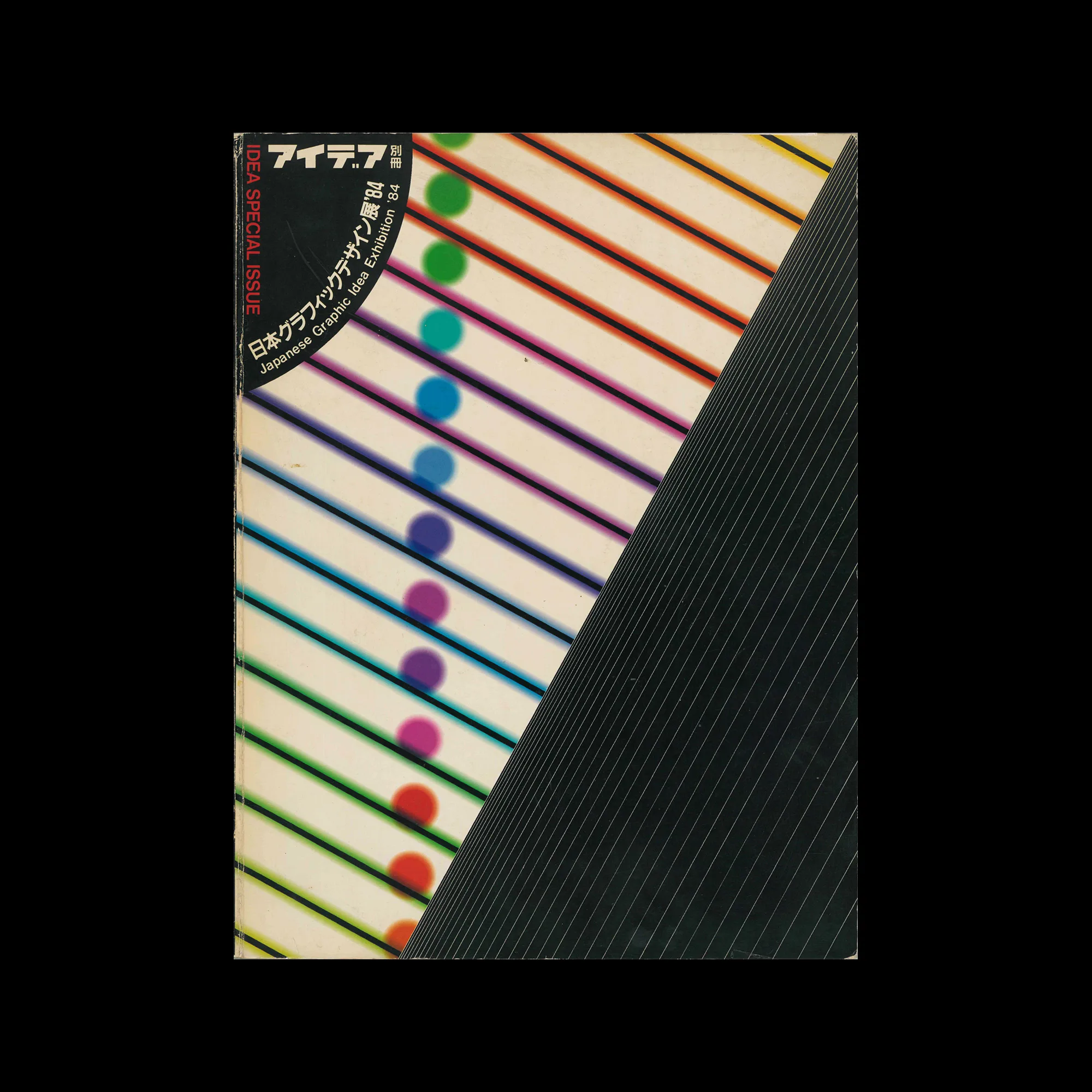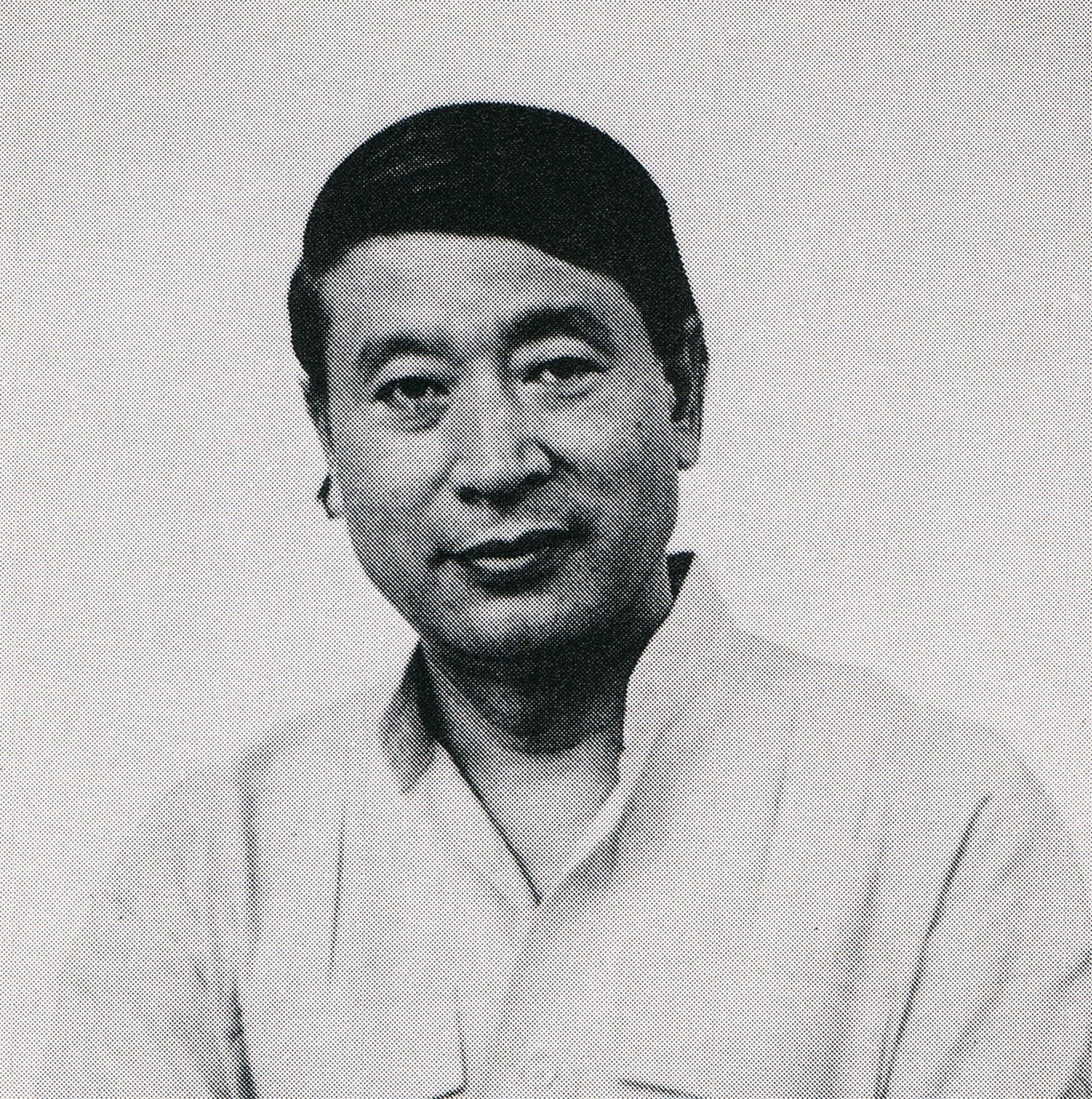Yūsaku Kamekura had a long list of clients and as well as cover designs, he worked across logo and brand design, packaging, book design, and other printed matter, but he is particularly known for his poster design. His clients included Nikon, Tokyo 1964 Olympics, Meiji and TDK.


